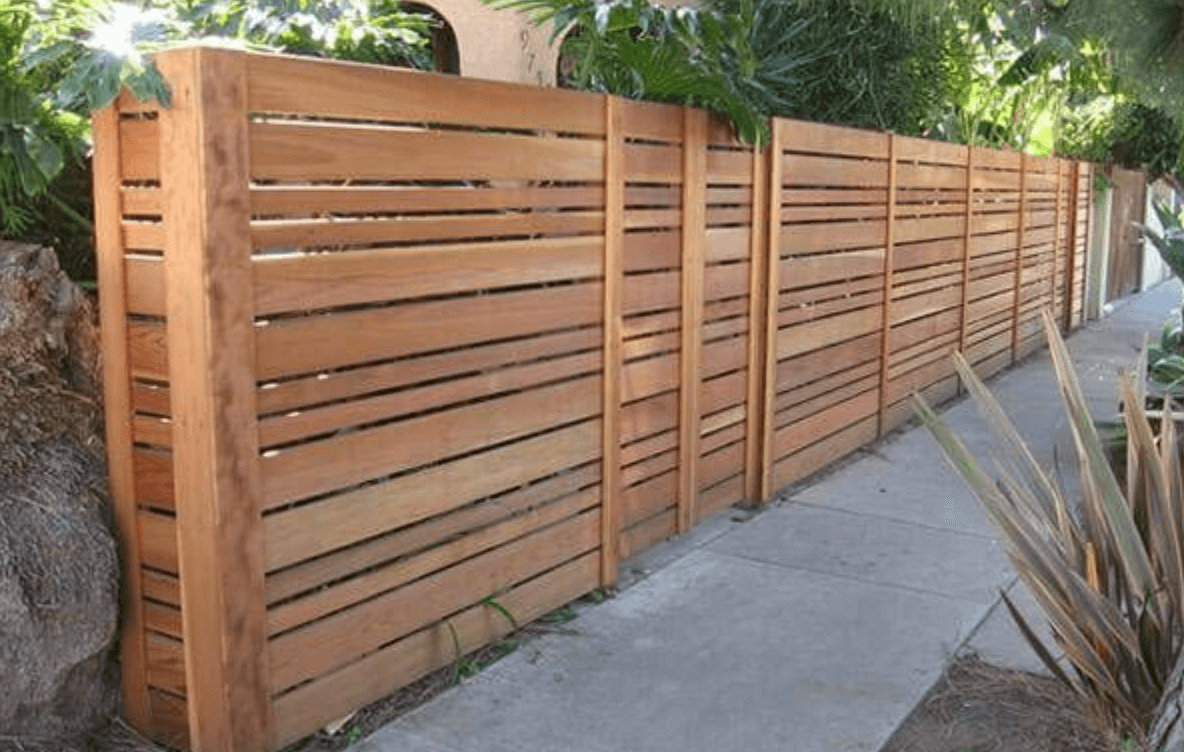All Categories
Featured

When considering setting up a fence on your residential or commercial property, one of the most important steps is to comprehend whether you require an authorization. The certain permits needed can vary depending on your area, the kind of fence you prepare to install, and the height or placement of the fencing.
Why You Required a License for a Fencing Installment. The permit process aids neighborhood authorities validate that your fence does not interfere with traffic visibility, respect your residential property lines, or breach height restrictions. Mounting a fencing without an authorization can result in penalties, elimination of the fencing, or hold-ups in building and construction, so it's necessary to inspect whether an authorization is required prior to beginning your project.
Kinds Of Permits You May Require. There are a few usual kinds of authorizations you might require for a fence setup:
Structure License. A structure authorization is one of the most typical authorization required for fence installations. This authorization makes sure that the fence satisfies safety requirements and is constructed according to local building regulations. A building permit is typically needed if the fence exceeds a specific height (often 6 feet), is constructed from certain materials, or lies near a public sidewalk or road.
Zoning License. A zoning permit may be needed to verify that your fencing complies with regional zoning regulations. Zoning regulations can determine where a fence can be placed on your residential or commercial property, just how high it can be, and whether it is enabled in specific areas (such as along property lines or ahead backyards) For instance, some districts have guidelines limiting the elevation of fence the front lawn to make certain visibility for pedestrians and vehicle drivers.

Problem Authorization. You might need a problem license if you are building a fence near your residential property line or close to a road. A setback refers to the distance a framework, including fencings, must be from the property line. Setback laws vary by area, and guaranteeing that your fencing is positioned correctly can avoid problems with neighbors and stay clear of infractions.
Property Owner Association (HOA) Approval. If you live in an area controlled by a Homeowner's Organization (HOA), you may need authorization from them in enhancement to local permits. HOA policies often cover the kind of products, height, design, and color of fences. Even if your city government doesn't call for an authorization, your HOA might still have specific standards that require to be adhered to.
How to Make An Application For a Fence License. To look for a fencing license, you'll need to contact your neighborhood structure department or planning office. The application procedure normally entails filling in a kind, paying a fee, and submitting a website strategy of your home that reveals the proposed location of the fence. You might additionally require to include information about the materials, elevation, and design of the fencing.
In many cases, a neighborhood authorities may require to examine your home before approving the permit. Once the permit is provided, you will be accredited to continue with your fence installation.
When Is a License Not Needed? In particular situations, an authorization may not be required. These situations can include:
Reduced Height Fences: In numerous locations, fencings that are listed below a specific height (typically 3 to 4 feet) might not require a permit, especially if they are placed in the yard or other non-visible locations.
Fencing Replacement: If you're replacing an existing fencing with the very same elevation and product, some locations might not require a brand-new license.
Non-Obtrusive Fencings: Short-term or ornamental fencings, such as those made use of for horticulture or landscape design purposes, may not require licenses as long as they are reduced and not permanent.
Nevertheless, it's essential to check with your local zoning office or building division, as policies can differ by territory.
Consequences of Not Obtaining a License. Falling short to acquire the required authorizations can lead to considerable consequences. These consist of fines, forced removal of the fence, or even hold-ups in construction. In addition, if your fencing doesn't satisfy regional laws, you might deal with legal concerns with next-door neighbors or regional authorities.

Final thought. When installing a fencing, it's essential to research the permit demands in your location. By making sure that you follow local regulations and acquire the essential permits, you can avoid costly errors and make certain that your fence is legitimately compliant. Talk to your local structure department, HOA, and zoning workplace to establish what authorizations are needed for your particular fence job. This step is essential to protect both your financial investment and your property's value.
Latest Posts
Commemorate Life's Moments at Deauville Inn
Published Apr 20, 25
1 min read
A Bayfront Cooking Journey
Published Apr 20, 25
1 min read
Trusted Mechanic Services at Montclare Auto Repair - Book Today!
Published Apr 20, 25
2 min read